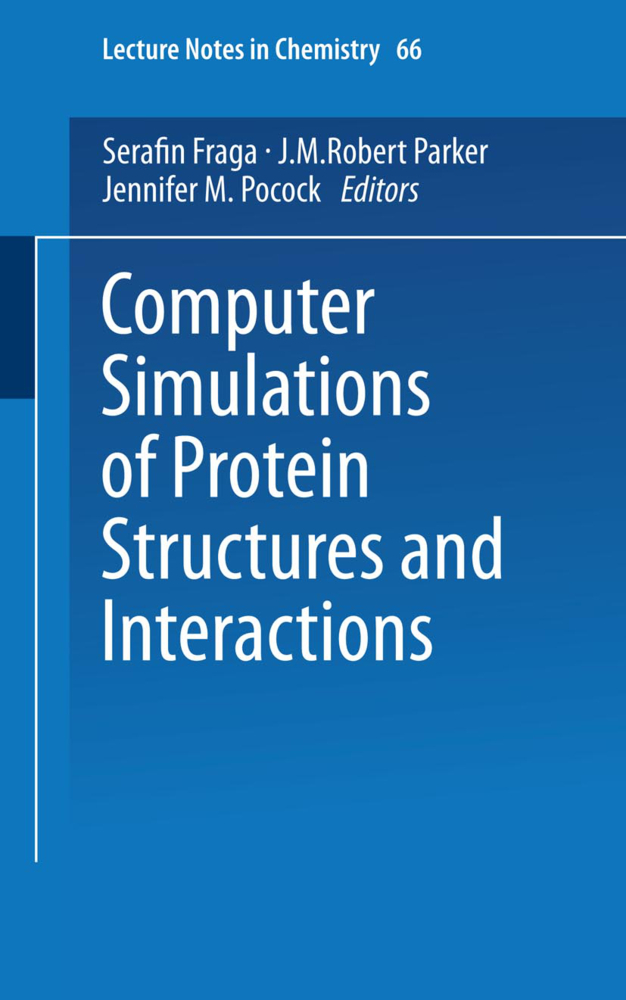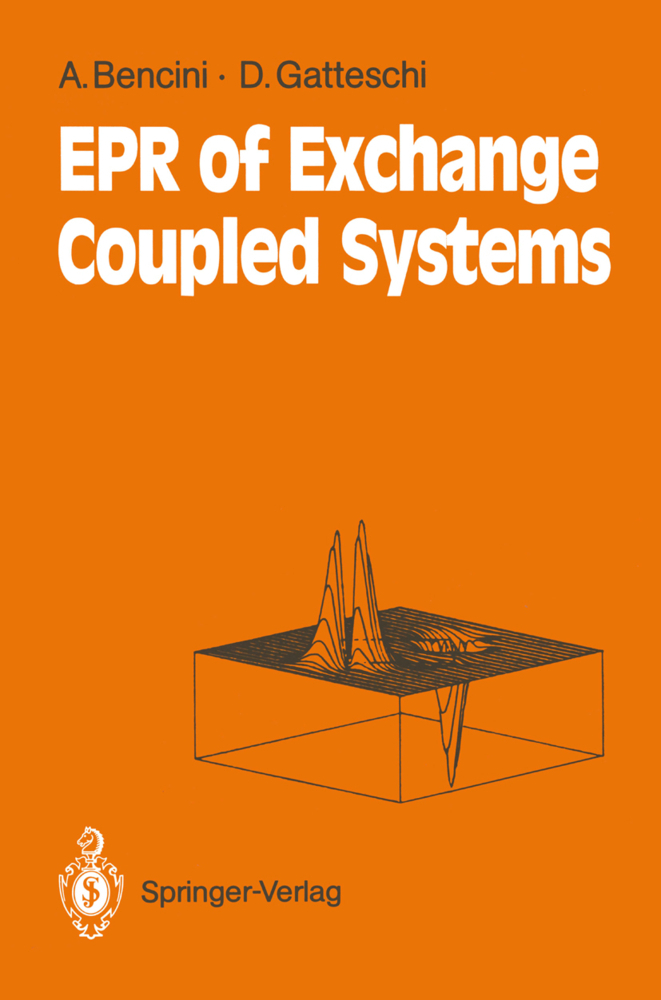Computer Simulations of Protein Structures and Interactions
Computer Simulations of Protein Structures and Interactions
Protein engineering endeavors to design new peptides and proteins or to change the structural and/or functional characteristics of existing ones for specific purposes, opening the way for the development of new drugs. This work develops in a comprehensive way the theoretical formulation for the methods used in computer-assisted modeling and predictions, starting from the basic concepts and proceeding to the more sophisticated methods, such as Monte Carlo and molecular dynamics. An evaluation of the approximations inherent to the simulations will allow the reader to obtain a perspective of the possible deficiencies and difficulties and approach the task with realistic expectations. Examples from the authors laboratories, as well as from the literature provide useful information.
Theoretical Formulation
Quantum Mechanics
Statistical Mechanics
Molecular Mechanics: The Potential Energy Function
Molecular Mechanics: Computer Simulations
Practical Overview
Experimental and Theoretical Data
Databases
Modeling of Isolated Systems and Associations
Prediction of Secondary Structures
Modeling of Tertiary Structures
Molecular Associations
Applications
Structure-Aided Molecular Design.
Protein Folding
Amino Acids, Peptides, and ProteinsTheoretical Formulation
Quantum Mechanics
Statistical Mechanics
Molecular Mechanics: The Potential Energy Function
Molecular Mechanics: Computer Simulations
Practical Overview
Experimental and Theoretical Data
Databases
Modeling of Isolated Systems and Associations
Prediction of Secondary Structures
Modeling of Tertiary Structures
Molecular Associations
Applications
Structure-Aided Molecular Design.
Fraga, Serafin
Parker, J. M.
Pocock, Jennifer M.
| ISBN | 978-3-540-60133-3 |
|---|---|
| Medientyp | Buch |
| Copyrightjahr | 1995 |
| Verlag | Springer, Berlin |
| Umfang | XII, 284 Seiten |
| Sprache | Englisch |











